In the sunbaked fields of Oaxaca, where ancient agricultural traditions collide with modern creative movements, an unexpected renaissance is unfolding. The humble corn husk—long considered agricultural waste after harvest—has become the unlikely protagonist in Mexico’s vibrant decorative arts scene. What was once discarded or burned is now meticulously transformed into intricate floral arrangements, nativity scenes, and even contemporary wall art, breathing new life into both a craft tradition and the endangered native corn varieties that sustain it.
The story begins with criollo corn, the heirloom maize strains cultivated in Mexico for millennia. Unlike industrial hybrid corn, these native varieties produce husks in a spectrum of colors—deep purples, earthy ochres, and even near-black hues—each carrying the genetic legacy of Mesoamerican farming. As multinational agribusinesses pushed homogenized yellow corn, these ancestral strains faced extinction, taking with them not just biodiversity but entire artisanal practices tied to the plant’s lifecycle. "The husk was always part of our material culture," explains María González, a third-generation artisan from Michoacán. "Our grandmothers made simple dolls for children, but no one saw value in it. Now we’re proving the husk can be as precious as the kernel."
This shift from folk craft to high art gained momentum when Mexico City designers began collaborating with rural collectives in the 2010s. Workshops that once produced basic Christmas ornaments now create elaborate baroque-style chandeliers with cascading husk roses, their natural gradients mimicking stained glass when backlit. The material’s versatility stunned urban artists—when dampened, the husks become pliable like leather; when dried, they hold sculptural forms indefinitely. Designer Fernando Lobo recounts his first encounter with the medium: "I saw an artisan fold a husk into a calla lily so precise it seemed to grow from her fingertips. That’s when I realized we weren’t working with a ‘craft’ but with a living sculpture medium."
Ecological urgency fuels much of the movement. With 60% of Mexico’s native corn varieties lost since the 1970s, husk art has become an unexpected preservation tool. Farmers participating in husk-for-art programs receive premium prices for heirloom corn—valuing the entire plant rather than just the edible yield. "Suddenly, growing blue Tlaxcala corn isn’t just about resisting Monsanto," says agronomist Lucía Méndez. "That indigo husk might become a designer lampshade selling for $200 in New York, making biodiversity economically viable." Auction houses now track "heirloom husk art" as a distinct category, with pieces from Oaxaca’s Taller de Totomoxtle (Corn Husk Workshop) appearing in Milan Design Week exhibitions.
The aesthetic possibilities keep expanding. Young artists are experimenting with husk marquetry, layering different colored sheaths to create geometric murals that change tone with the daylight. Others incorporate the material’s natural imperfections—the spots where fungi left lace-like patterns, or insect bites that form organic perforations—into haute couture accessories. "It’s like working with nature’s parchment," describes textile artist Ana Paula Fuentes, whose husk-and-silk gowns were featured in Vogue México. "Every flaw tells the story of that particular ear of corn, that specific growing season."
Critics initially dismissed the trend as rural nostalgia repackaged for urban elites, but the movement’s socioeconomic impact is undeniable. A single elaborate husk piece can provide a month’s income for a family that might otherwise migrate for work. More significantly, it’s reshaping gender dynamics—90% of husk artists are women, many now leading cooperatives that negotiate directly with international buyers. "This isn’t just decoration," asserts Guadalupe Ramírez, founder of the Mujeres del Maíz collective. "When a French hotel orders 500 husk poinsettias, they’re preserving our corn, our hands, and our decision-making power."
As global interest grows, so do challenges. Imitation products from synthetic materials threaten authenticity, while some fear over-commercialization could dilute cultural significance. Yet the very nature of the medium resists mass production—no two husks are identical, and each artwork carries the fingerprints of its maker. Walking through Mexico City’s Soumaya Museum, where a husk interpretation of Frida Kahlo’s Roots hangs alongside colonial-era retablos, one senses this is more than a craft revival. It’s a quiet revolution where agriculture becomes art, waste becomes wealth, and what was nearly erased becomes eternal.
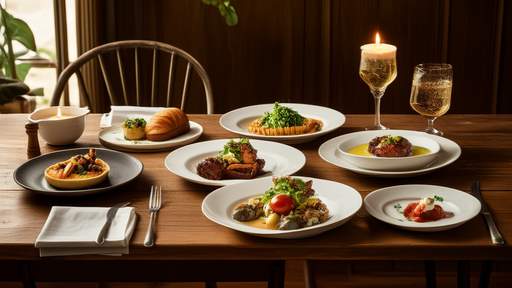
By /Jun 6, 2025
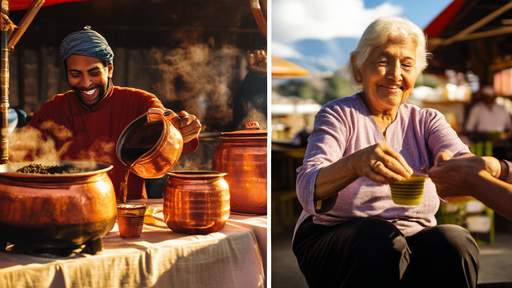
By /Jun 5, 2025
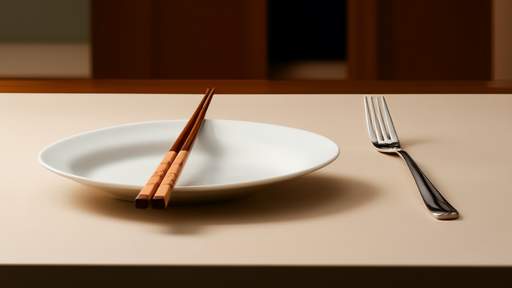
By /Jun 5, 2025

By /Jun 5, 2025
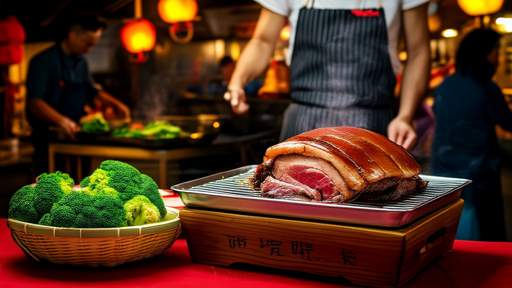
By /Jun 5, 2025

By /Jun 5, 2025

By /Jun 5, 2025

By /Jun 5, 2025

By /Jun 5, 2025

By /Jun 5, 2025

By /Jun 5, 2025
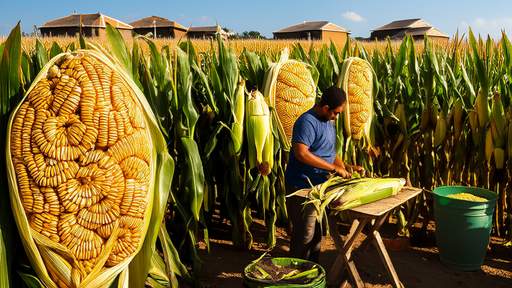
By /Jun 5, 2025
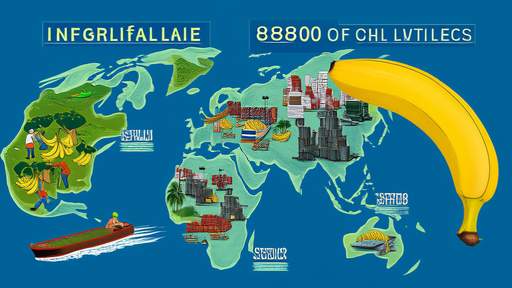
By /Jun 5, 2025

By /Jun 5, 2025

By /Jun 5, 2025

By /Jun 5, 2025

By /Jun 5, 2025

By /Jun 5, 2025

By /Jun 5, 2025

By /Jun 5, 2025